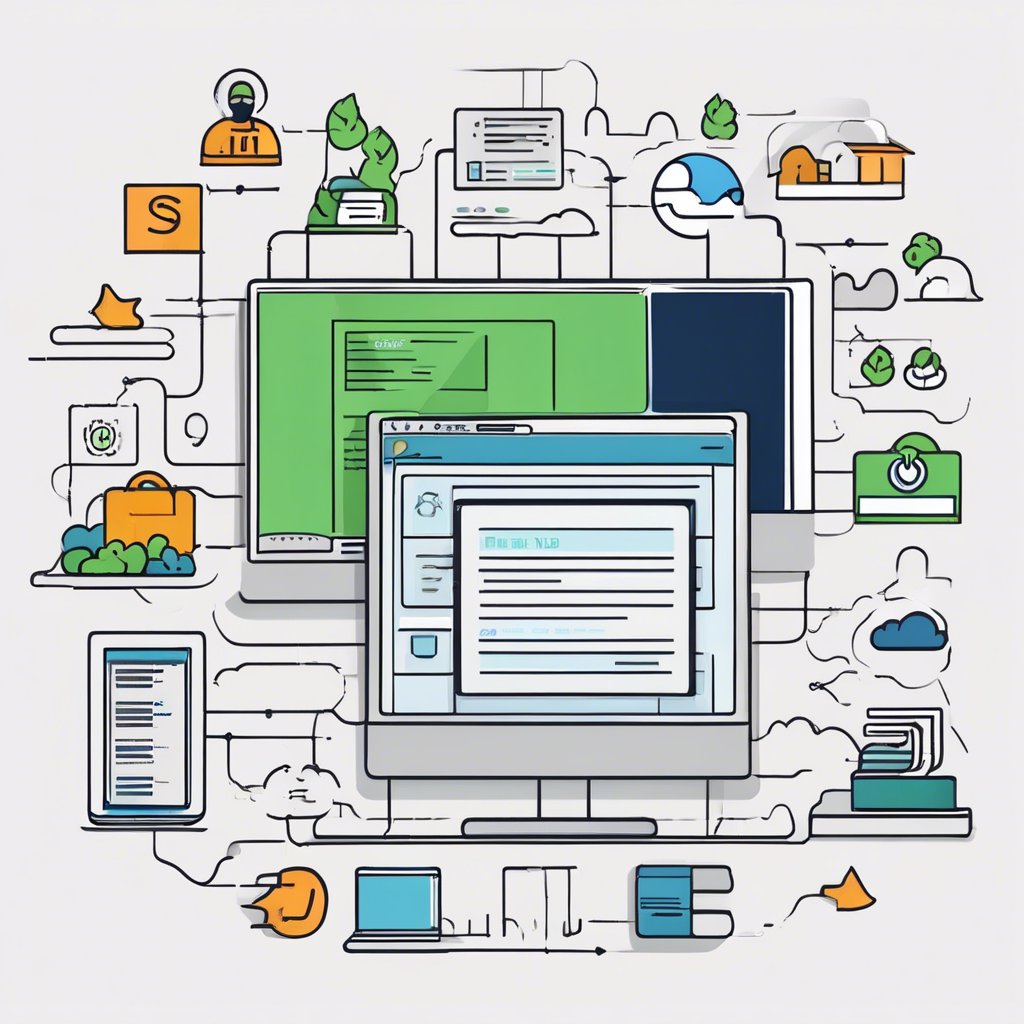Software as a Service (SaaS) has revolutionized the way businesses and individuals access and use software applications. In today’s digital age, SaaS has become increasingly popular due to its flexibility, cost-effectiveness, and convenience. Unlike traditional software models that require installation on individual devices, SaaS allows users to access applications over the internet on a subscription basis.
One of the key benefits of SaaS is its scalability. Businesses can easily scale their software usage up or down based on their needs without having to invest in additional hardware or infrastructure. This flexibility allows companies to adapt to changing market conditions quickly and efficiently.
Another advantage of SaaS is its cost-effectiveness. With traditional software models, businesses often have to pay hefty upfront costs for licenses and installation. In contrast, SaaS operates on a subscription-based model, where users pay a monthly or annual fee for access to the software. This pay-as-you-go approach can result in significant cost savings for businesses, especially small and medium-sized enterprises.
In addition to scalability and cost-effectiveness, SaaS offers enhanced accessibility and collaboration features. Since SaaS applications are cloud-based, users can access them from any device with an internet connection. This level of accessibility enables remote work and collaboration among team members regardless of their physical location.
Furthermore, SaaS providers handle software maintenance, updates, and security, relieving businesses of the burden of managing these tasks internally. This frees up IT resources and allows businesses to focus on their core operations and strategic initiatives.
The subscription-based nature of SaaS also ensures that users always have access to the latest features and updates. Unlike traditional software models that require manual updates, SaaS applications are automatically updated by the provider, ensuring that users are always using the most up-to-date version of the software.
Moreover, SaaS applications are highly customizable, allowing businesses to tailor the software to their specific needs and requirements. This level of customization can lead to increased efficiency and productivity within organizations, as employees can use software that is specifically designed to streamline their workflows.
Security is a top priority for SaaS providers, who invest heavily in state-of-the-art security measures to protect user data and ensure compliance with industry regulations. By entrusting their data to reputable SaaS providers, businesses can mitigate the risk of data breaches and cyber attacks.
The flexibility of SaaS also extends to integration capabilities, allowing businesses to seamlessly integrate SaaS applications with existing systems and workflows. This interoperability enables businesses to leverage the full potential of their software stack and create a more cohesive and efficient digital ecosystem.
As businesses continue to embrace digital transformation, SaaS has emerged as a key enabler of this shift. By leveraging SaaS solutions, organizations can modernize their operations, improve collaboration, and drive innovation across all levels of the business.
Furthermore, SaaS applications are designed to be user-friendly and intuitive, requiring minimal training for employees to start using them effectively. This ease of use can lead to faster adoption rates within organizations and ensure a smooth transition to new software platforms.
The subscription-based pricing model of SaaS also provides businesses with greater predictability and transparency in their software expenses. By knowing exactly how much they will pay each month or year, businesses can better manage their budgets and allocate resources more effectively.
SaaS applications are constantly evolving to meet the changing needs of businesses and users. Providers regularly release updates and new features to enhance the functionality and usability of their software, ensuring that users always have access to cutting-edge technology.
The scalability of SaaS is particularly beneficial for growing businesses, allowing them to easily add or remove users as their organization expands or contracts. This flexibility enables businesses to align their software usage with their current needs and avoid overpaying for unused licenses.
In addition to traditional business applications, SaaS solutions are also available for a wide range of industries and use cases, including customer relationship management, human resources, accounting, marketing, and more. This diversity of offerings ensures that businesses can find the right SaaS solution to meet their specific requirements.
SaaS providers often offer tiered pricing plans that cater to businesses of all sizes, from startups to large enterprises. This variety of pricing options allows businesses to choose a plan that aligns with their budget and growth objectives, making SaaS accessible to organizations of all scales.
In conclusion, Software as a Service (SaaS) has transformed the way businesses access and utilize software applications, offering scalability, cost-effectiveness, accessibility, security, and customization. As businesses continue to embrace digital transformation, SaaS will play an increasingly vital role in driving innovation, collaboration, and efficiency across all sectors. By leveraging SaaS solutions, businesses can streamline their operations, improve productivity, and stay ahead of the curve in today’s rapidly evolving digital landscape.
